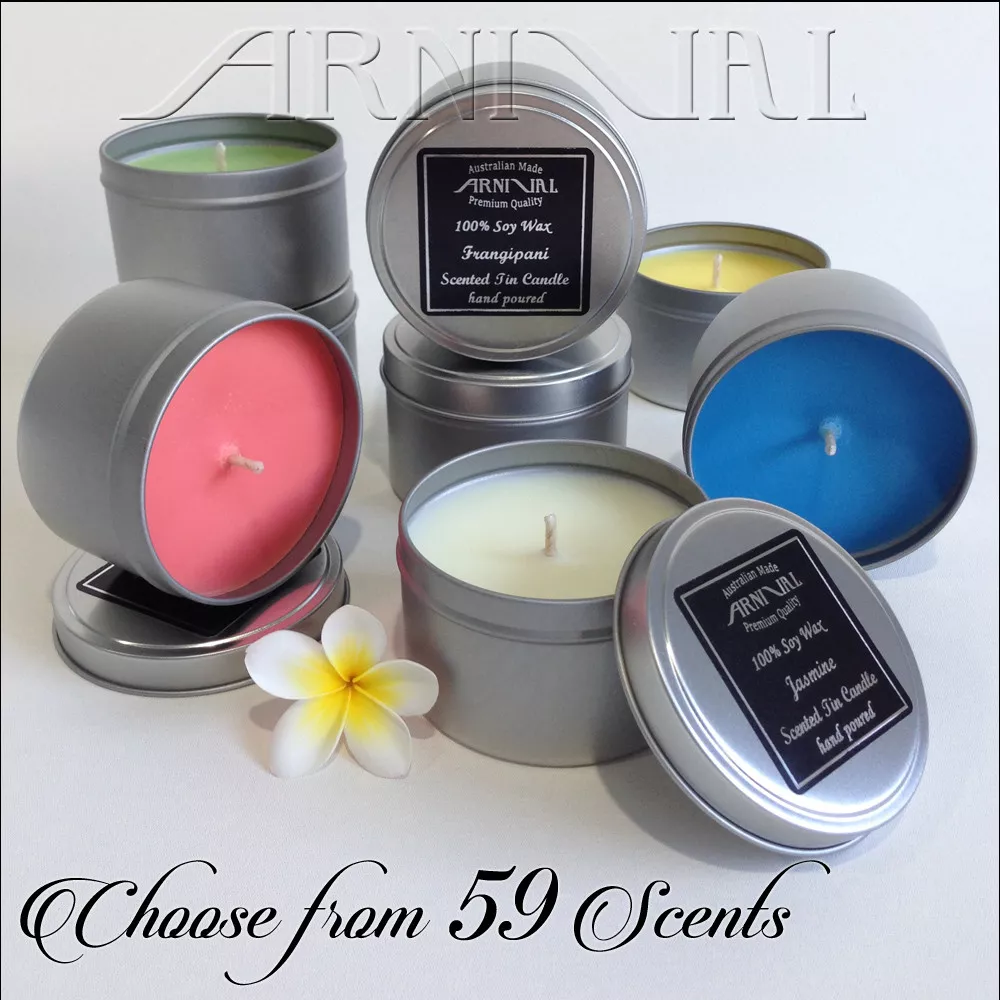From Wick to Wax: Recognizing the Chemistry Behind Soy Wax Candles and Their Ecological Influence
As we brighten our rooms with the cozy glow of candle lights, there lies a world of intricate chemistry behind the apparently easy act of lighting a soy wax candle light. The selection in between soy and paraffin wax extends past plain aesthetic appeals, diving right into the realm of ecological effect and the extremely composition of the materials. Recognizing the molecular structure of soy wax and its combustion procedure sheds light on the discharges launched into our environments. Join us as we unravel the scientific intricacies behind soy wax candle lights and explore their ramifications on our setting.
Soy Wax Vs. Paraffin Wax
When comparing soy wax and paraffin wax for candle production, it is important to recognize the distinct qualities and benefits of each product. Soy wax is a natural, renewable energy derived from soybean oil, making it environmentally friendly and naturally degradable - home fragrance. On the other hand, paraffin wax is a result of oil refining, which elevates problems regarding its environmental effect and sustainability
Soy wax candle lights burn cleaner and release less soot contrasted to paraffin wax candles, making them a much healthier selection for interior air top quality. In addition, soy wax has a lower melting point, enabling a longer-lasting candle light that disperses scent better. Paraffin wax, on the various other hand, tends to burn faster and much less easily, potentially launching dangerous chemicals right into the air.
From a sustainability point of view, soy wax is favored for its biodegradability and eco-friendly sourcing, straightening with the expanding consumer preference for environmentally mindful items. While paraffin wax has actually been a conventional option in candle making as a result of its price and simplicity of usage, the shift in the direction of green choices like soy wax is acquiring momentum in the sector.
Chemical Structure of Soy Wax

Combustion Process in Soy Candles
The chemical structure of soy wax directly influences the burning process in soy candle lights, impacting aspects such as melt time, scent launch, and ecological impact. When a soy candle is lit, the warm from the flame melts the wax near the wick. This fluid wax is after that created the wick due to capillary action. As the fluid wax reaches the flame, it goes through and evaporates burning. The combustion process involves the vaporized hydrocarbons in the wax responding with oxygen in the air to produce warm, light, water vapor, and carbon dioxide.
The combustion performance of soy candles is influenced by the purity of the soy wax and the quality of the wick. Additionally, soy wax candles have a lower ecological influence compared to paraffin candles due to their eco-friendly and biodegradable nature.

Ecological Advantages of Soy Wax

Thought about a lasting alternative to standard paraffin wax, soy wax uses significant ecological benefits that make it a prominent option among eco-conscious consumers. One significant advantage of soy wax is its eco-friendly sourcing. Soy wax is originated from soybean oil, which is mostly grown in the USA. The growing of soybeans aids support local farmers and reduces the dependency on non-renewable fossil fuels utilized in paraffin wax manufacturing. Furthermore, soy wax is naturally degradable, suggesting it damages down naturally without releasing damaging toxic substances into the environment. This particular makes soy wax candle lights a more eco-friendly choice compared to paraffin wax candle lights, which are made from petroleum, a non-renewable source. In addition, soy wax burns cleaner and creates less residue than paraffin wax, contributing to far better indoor air quality and lowering the requirement for cleansing and upkeep. On the whole, the ecological benefits of soy wax line up with the growing need for sustainable and environment-friendly products in the marketplace.
Recycling and Disposal Considerations
Recycling and proper disposal of soy wax candles play a crucial role in keeping environmental sustainability and minimizing waste in neighborhoods and houses. When it concerns recycling soy wax candle lights, the very first step is to make sure that the candle light has melted entirely. This can be accomplished by permitting the candle light to melt till the wick is no more usable, and after that letting the staying wax cool and solidify. When the wax has strengthened, it can be meticulously gotten rid of from the container.

In terms of disposal, if recycling is not a choice, soy wax candles are biodegradable and can be securely dealt with in a lot of household waste systems. It is always advised to inspect with local recycling centers or waste administration services for details guidelines on candle disposal to make sure correct handling and ecological protection.
Verdict
Finally, the chemistry behind soy wax candle lights exposes their ecological advantages over paraffin wax candle lights. Soy wax, stemmed from soybean oil, burns cleaner and creates much less soot when contrasted to paraffin wax. The combustion procedure in soy candles is more efficient, resulting in next page a much longer and more also shed. Additionally, soy wax is eco-friendly and renewable, making it an extra sustainable option for candle light production. Recycling and correct disposal of soy wax candles better add to their environmental influence.
When contrasting soy wax and paraffin wax for candle making, it is necessary to recognize the distinct characteristics and advantages of each material (crystal soy candles).Soy wax candle lights burn cleaner and send out less soot compared to paraffin wax candles, making them a much healthier option for interior air top quality.Considered a sustainable alternative to typical paraffin wax, soy wax provides significant ecological advantages that make it a prominent choice among eco-conscious consumers. Soy wax burns cleaner and creates much less soot than paraffin wax, adding to far better interior air quality and decreasing the requirement for cleansing and maintenance.In conclusion, the chemistry behind soy wax candles reveals their environmental benefits over paraffin wax candle lights